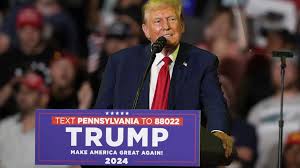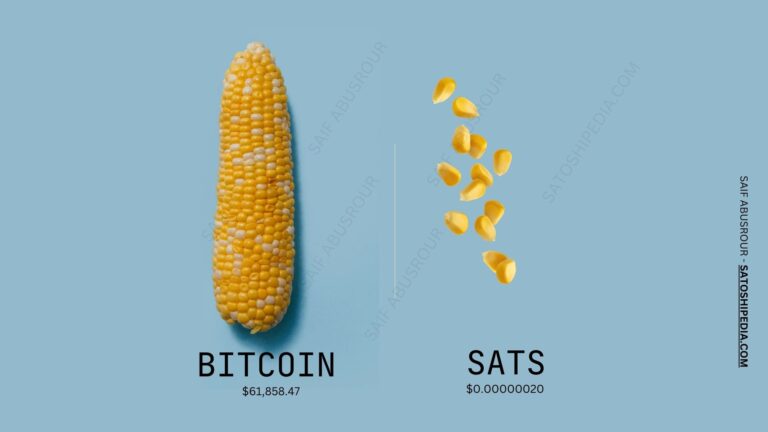Is the “Trump Trade” Over? Why Bitcoin and Ethereum ETFs Are Seeing Red
In a surprising turn of events, spot Bitcoin and Ethereum ETFs (Exchange-Traded Funds) in the U.S. have experienced their first outflows since Donald Trump won the presidency in 2016. These ETFs, which have been attracting huge investments since the election, saw a significant shift on November 14, 2024, as both Bitcoin and Ethereum prices took a dip.
What Happened?
- Bitcoin ETFs: On November 14, Bitcoin ETFs recorded a massive outflow of $400.7 million. This marked the first time in years that these funds saw money leave, after years of inflows starting from Trump’s win in 2016. Bitcoin itself fell 2% in value on that day, reaching $88,200. While some funds, like BlackRock’s iShares Bitcoin Trust, saw small inflows ($126.5 million), the overall trend was negative.
- Ethereum ETFs: Ethereum also experienced its first outflow since Trump’s election, with $3.2 million leaving Ethereum-focused ETFs on the same day. While this was much smaller in scale than Bitcoin’s outflow, it still signaled a shift in market sentiment. The last time Ethereum ETFs had such an outflow was just after the 2024 election.
Why Does This Matter?
- The Trump Effect: When Donald Trump was elected, the markets reacted strongly, and this included cryptocurrencies like Bitcoin and Ethereum. Trump’s pro-business, pro-crypto stance seemed to give a boost to the market, especially Bitcoin, which soared by 30% after his win. The Bitcoin ETFs saw their biggest-ever inflows just after the election in 2016, adding billions of dollars in just a few days.
- ETF Inflows and Outflows: ETFs are a way for investors to gain exposure to Bitcoin and Ethereum without directly owning the assets. For years, these ETFs have seen continuous inflows, but the recent outflows suggest a shift. This could be due to a number of factors: Bitcoin and Ethereum’s price drop, general market uncertainty, or simply a change in investor sentiment as the economic landscape evolves.
Key Takeaways:
- Trump’s Election and Crypto: Donald Trump’s presidency marked the beginning of a major boom for crypto ETFs. His promises to boost the economy, along with his pro-crypto rhetoric, created a favorable environment for Bitcoin and Ethereum. This “Trump trade” lasted until now, but it seems the tide may be turning.
- ETF Flows Reflect Market Confidence: The flow of money in and out of ETFs often reflects investor confidence in the market. Continuous inflows usually signal optimism, while outflows can indicate a loss of faith or a shift in market direction.
- Bitcoin and Ethereum’s Importance: As the two largest cryptocurrencies by market cap, Bitcoin and Ethereum are often seen as the leaders of the crypto market. Any significant change in their market behavior, like these outflows, can affect the broader market and investor confidence.
- What’s Next for Crypto?: With both Bitcoin and Ethereum ETFs facing outflows, it’s clear that the market is facing some turbulence. However, this doesn’t necessarily mean the end for crypto—it could just be a temporary pullback. Understanding these trends is key for anyone interested in the future of cryptocurrency.
Why You Should Care:
The dynamics of crypto ETFs—especially those linked to Bitcoin and Ethereum—can give you a glimpse into the broader market’s sentiment. As a young investor or someone passionate about cryptocurrency, it’s essential to stay aware of these changes. The rise and fall of these funds can tell you whether the market is in a bullish or bearish phase, helping you make more informed decisions. This knowledge will build the foundation for understanding how market trends shape the value of your investments, as well as how political and economic events influence the crypto world.
In short, the crypto world is shifting, and understanding why Bitcoin and Ethereum ETFs are facing outflows is an essential part of keeping up with the market’s ever-changing nature.



